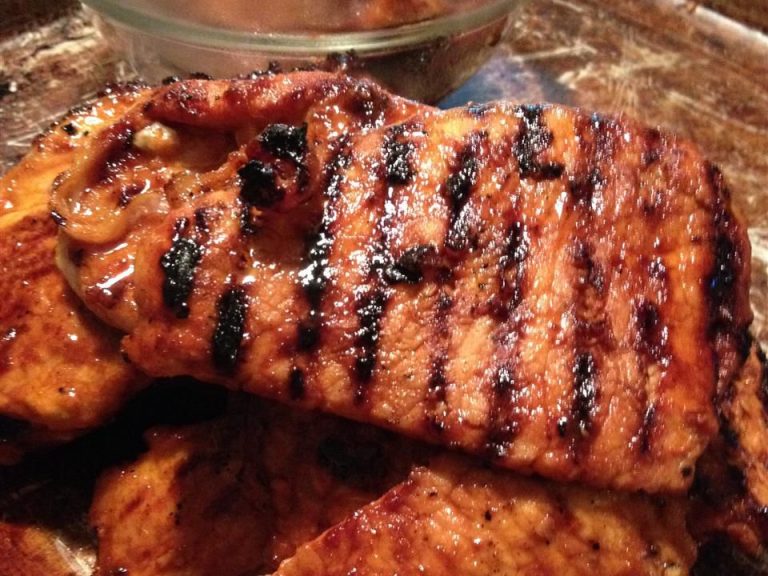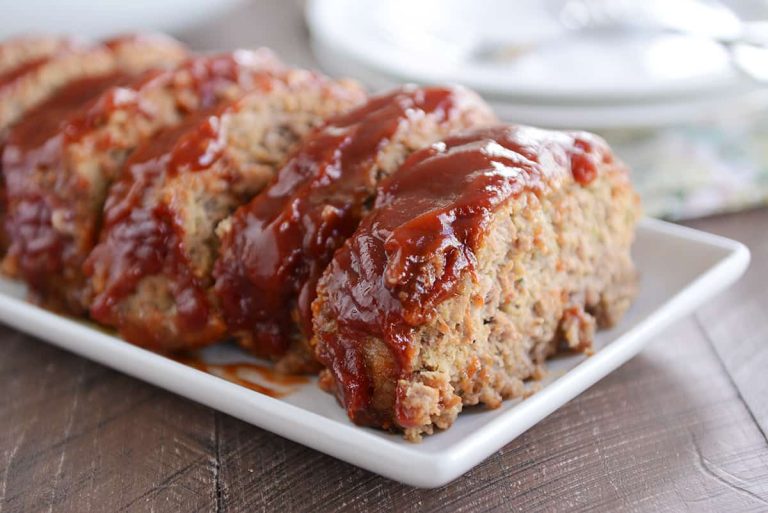Italian Turkey Meatballs Recipe: Perfect for Any Meal
Italian turkey meatballs offer a modern twist on classic Italian cuisine. Traditional Italian meatballs, typically made with beef, pork, or veal, gain regional flavors from blending local ingredients like garlic, herbs, and Parmigiano-Reggiano cheese. Incorporating turkey provides a lighter option while still maintaining these iconic flavors. The use of turkey also reflects health-conscious cooking trends popular in contemporary Italian-American kitchens.
Nutritional Benefits
Italian turkey meatballs are rich in protein and lower in fat compared to traditional beef or pork meatballs. A typical serving of ground turkey (3 ounces) contains 23 grams of protein and just 2 grams of saturated fat. Turkey is also a good source of vitamins B6 and B12, which support metabolism and energy production. The inclusion of herbs like basil and oregano adds antioxidants, while garlic contributes to cardiovascular health. These meatballs provide a nutritious alternative without compromising on flavor.
Key Ingredients
Choosing the Right Turkey
Select lean ground turkey for your meatballs to maintain a healthy profile. Ground turkey with 93% lean meat and 7% fat strikes a balance between moisture and health benefits. Avoid extra-lean varieties, which can result in dry meatballs. Look for fresh, not previously frozen, ground turkey to ensure the best texture and flavor in your finished dish.
Essential Italian Herbs
The right herbs elevate your meatballs to authentic Italian cuisine. Basil brings a sweet, slightly peppery taste, perfect for balancing the savory turkey. Oregano adds a robust, earthy flavor, enhancing the overall profile. Don’t forget parsley, which adds a fresh, vibrant note. Use fresh herbs where possible for the best aroma and taste, adding roughly 1 tablespoon of each finely chopped herb per pound of turkey. If fresh herbs aren’t available, use dried versions but reduce the quantity to about 1 teaspoon of each.
Preparing Italian Turkey Meatballs
Mixing the Ingredients
Combine ground turkey with finely chopped onions, minced garlic, and fresh herbs to start. Use 1 pound of lean ground turkey for best results. Add 1/4 cup finely chopped onions and 2 minced garlic cloves. Include 2 tablespoons of fresh parsley with 1 tablespoon each of fresh basil and oregano. If using dried herbs, reduce the amounts to 2 teaspoons each.
Incorporate a binder such as bread crumbs and an egg. Use 1/2 cup of bread crumbs and one large egg per pound of turkey. To enhance texture, soak bread crumbs in 2 tablespoons of milk for around 5 minutes before adding. This helps retain moisture and improves consistency.
Season with salt and pepper to taste. Typically 1 teaspoon of salt and 1/2 teaspoon of pepper works well. Mix ingredients thoroughly to ensure even distribution of flavors. Use your hands for mixing to achieve a uniform blend but avoid overmixing to keep the meatballs tender.
Cooking Techniques
Choose between baking, frying, or slow cooking. Each method offers unique advantages.
For baking, preheat your oven to 400°F. Place meatballs on a parchment-lined baking sheet and bake for 20-25 minutes until golden brown. Baking provides a healthier option with less oil.
For frying, heat 2 tablespoons of olive oil in a skillet over medium heat. Fry meatballs in batches, turning occasionally, for about 10 minutes until evenly browned and cooked through. This method adds a rich, caramelized flavor.
For slow cooking, brown meatballs in a skillet first, then transfer them to a slow cooker. Cover with marinara sauce and cook on low for 4-6 hours. This technique yields tender meatballs infused with sauce.
Test doneness by ensuring an internal temperature of 165°F. Use a meat thermometer for accuracy. The final texture should be firm yet moist, showcasing the Italian flavors perfectly.
Serving Suggestions
Pairing with Pasta
Serve Italian turkey meatballs with classic pasta dishes to create a traditional Italian meal. Top spaghetti, fettuccine, or penne with a rich marinara or creamy Alfredo sauce and add the meatballs. Enhance the experience by garnishing with grated Parmesan cheese, fresh basil, and a drizzle of extra-virgin olive oil. This combination offers a balance of protein, carbohydrates, and delicious flavors.
Alternative Serving Ideas
Explore various ways to enjoy Italian turkey meatballs beyond pasta. Create meatball subs by placing them in a toasted hoagie roll, topped with marinara and mozzarella cheese. Serve as an appetizer with a side of marinara for dipping. Add them to a salad, complete with mixed greens, cherry tomatoes, cucumbers, and a light vinaigrette. Pair with roasted vegetables or mashed potatoes for a hearty dinner. Integrate into a savory breakfast by topping with a fried egg and serving with toast.
Storing and Reheating Tips
Storing Italian Turkey Meatballs
To store Italian turkey meatballs, ensure they cool to room temperature first. Place them in an airtight container. For short-term storage, refrigerate up to 4 days. For longer storage, freeze them. When freezing, use freezer-safe bags or containers, spacing meatballs to prevent sticking. Label with the date to track freshness.
Reheating Italian Turkey Meatballs
When reheating, choose methods that retain moisture and flavor. For microwaving, place meatballs in a microwave-safe dish, cover with a damp paper towel to prevent drying, and heat in 30-second intervals. For oven reheating, preheat to 350°F, place meatballs on a foil-lined baking sheet, and heat for 15-20 minutes. For stovetop, simmer meatballs in sauce over medium heat for 10-15 minutes. Use a meat thermometer to ensure an internal temperature of 165°F.
Tips for Preventing Dry Meatballs
To prevent dry meatballs when reheating, always use a sauce if possible. Adding a small amount of water or broth to the reheating method helps maintain moisture. For oven and microwave methods, covering the dish assists in retaining moisture content.
Best Practices for Freezing
When freezing meatballs, flash-freeze them first. Lay them on a baking sheet, spacing apart, and freeze for 1-2 hours. Once firm, transfer to freezer-safe bags or containers. This process prevents sticking and allows for easy portioning.
Combining with Sauces
Reheat meatballs with sauces to enhance flavor. Whether using marinara, Alfredo, or another preferred sauce, simmer meatballs together. This method not only reheats but also infuses additional flavor, making reheated meatballs taste freshly made.
Conclusion
Italian turkey meatballs offer a delicious and healthy twist on a classic dish. By using lean ground turkey and fresh Italian herbs, you can enjoy a flavorful meal that’s both nutritious and satisfying. Whether you bake, fry, or slow cook them, these meatballs are versatile enough to fit any meal plan. Pair them with pasta, make a meatball sub, or even add them to a salad for a protein boost. With proper storage and reheating techniques, you can enjoy these meatballs anytime without sacrificing taste or texture. Give Italian turkey meatballs a try and elevate your culinary experience.






